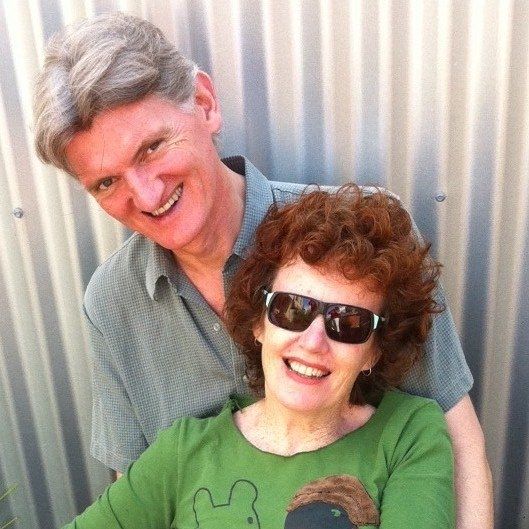Kochi Prefecture: Austerity & Discipline
Prologue
The second stage of the Shikoku Pilgrimage demands austerity and discipline. Crossing into Kochi prefecture, we wonder how the journey will test us and mark our lives.
Tokushima, the first stage, represented the awakening of the spirit. We started our pilgrimage concerned that our scant knowledge of Japanese culture, language and traditions would find us wanting. However, the conversations with fellow henros (pilgrims), the ritual of temple visits and the kindness of local people shed light on the practices of Shingon Buddhism and the rich history of the 88 Temples walk.
Over eight days and 188 kilometres of walking, we settled into our role as henros. While we wish we could speak more than a few words of Japanese, our lack of familiarity with Japan makes the journey intriguing as we search for meaning in everyday encounters.
On day nine we cross into Kochi, following in the footsteps of Kōbō Daishi, the great monk, administrator, poet and educator who henros believe travels with them on their 1,200-kilometre Shikoku Pilgrimage.
Read MoreLike this:
Like Loading...























